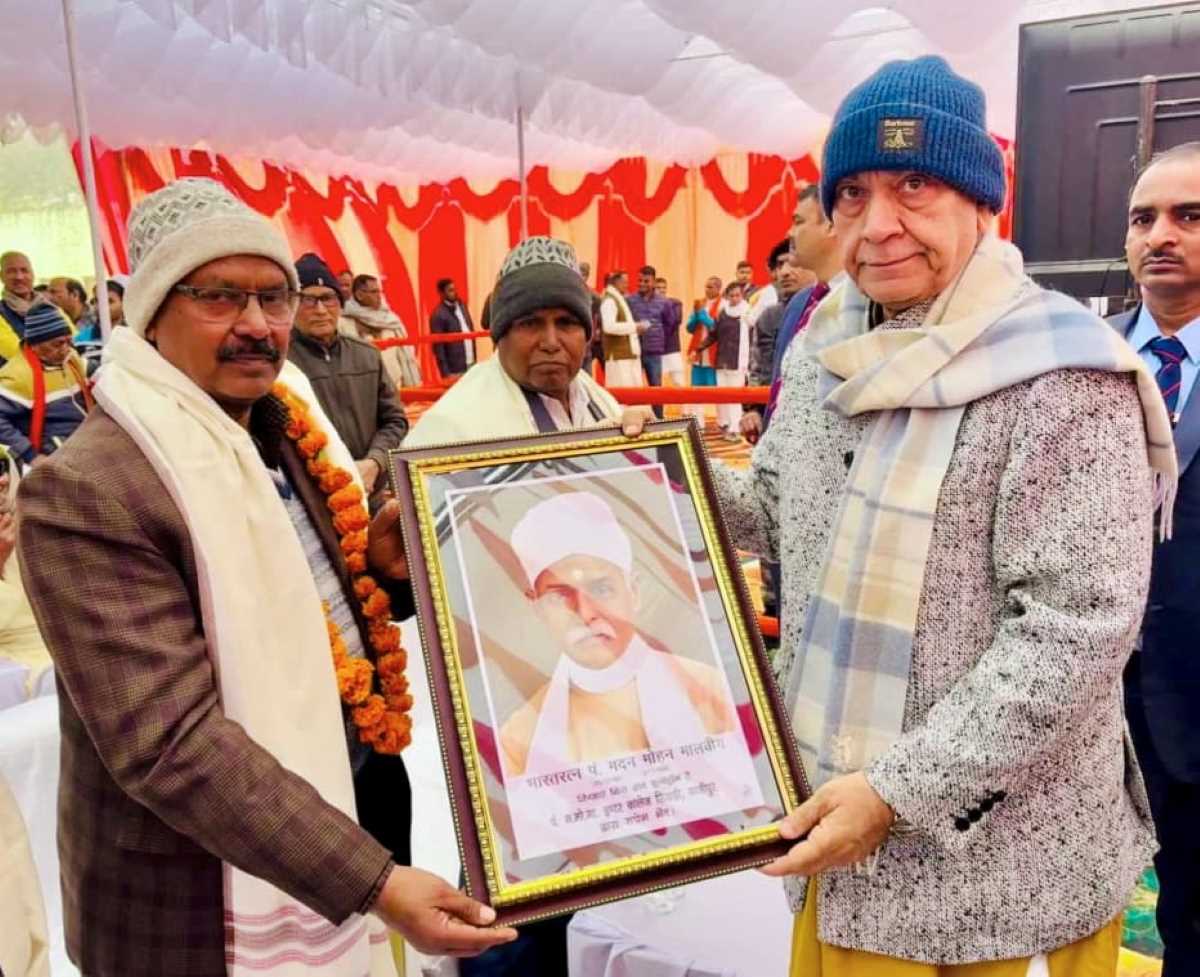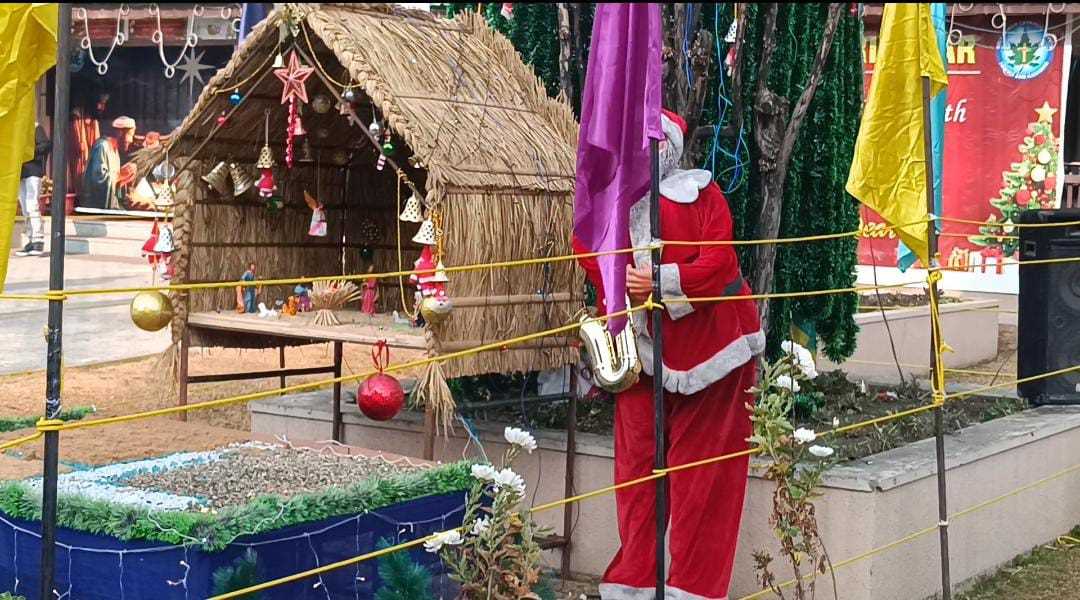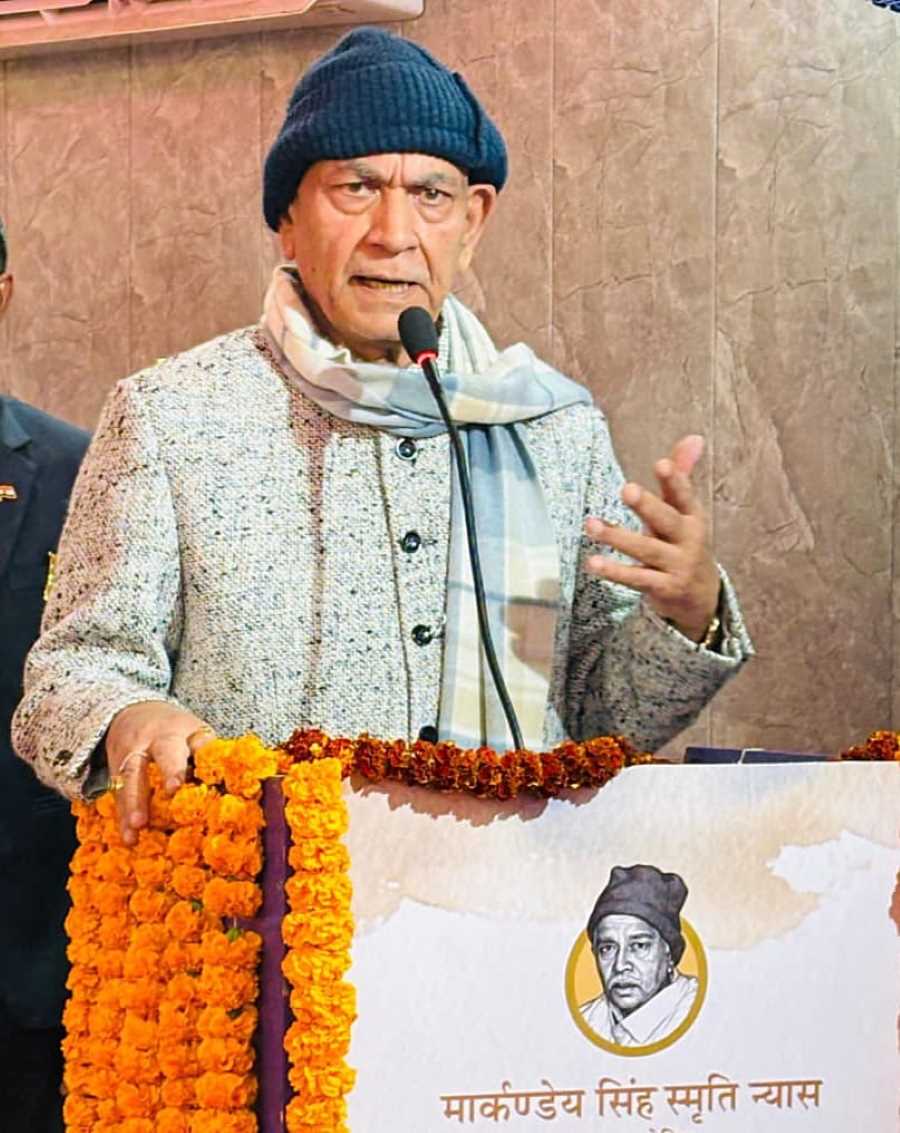While entering the gate of a library my eye went on the bookshelf containing the books on history and civics. On navigating the books I could perchance to look on the cover page of the book mentioned in the title of the topic. The first edition of the book has been published by Gulshan Publishers Srinagar in 1988 and printed by Hazari Printers , Dehli-53. The distributor of the book has been Sheikh Mohammad Usman & Sons , Book Sellers and Suppliers Gow Kadal Chowk, Srinagar. The author has tried to present the account of historical development in Jammu and Kashmir since 1974, but the main focus has been given on the discourse of 1975 accord between Sheikh Mohammad Abdullah and then the P.M of India –Smt. Indhira Gandhi that could let Sheikh Abdullah to come in the main stream politics once more after having been out of political scene for almost 22 years. And it becomes inevitable to mention that the accord shows the intensity of the urgency felt by leaders on both the sides ie; the leadership at central level and the leadership at State Level. And the character and role played by sheikh Abdullah is of prime importance here.Before proceeding ahead with the overall thought and action carried out by the leadership on both sides let’s see how the factual details have been presented by the author to make a balance between the facts and myths about the long pending issue of Jammu and Kashmir, as recorded by the author in this book.
The Stuff from the Book
In the introduction, at page no 6 of the book, the author says, “The influence of Sheikh Mohammad Abdulla in the state of Jammu and Kashmir, despite claims by the Government to the contrary, rendered reconciliation with him even more necessary. How the same was left to be pursued at such a time as would make the move successful. The appropriate time was provided by the events that occurred in the subcontinent in 1971. The most important result was…. “A pronounced psychological impact on Sheikh Mohammad Abdulla…. If west Pakistanis were capable of meting out such a treatment to fellow Muslims of east Bengal , what assurance was there that similar behavior would not be displayed elsewhere ?
In The First Chapter-Genesis of Kashmir Dispute
The author says: according to one view the freedom movement that shook the roots of British imperialism did not take the cognizance of the sufferings of the people of Jammu and Kashmir till 1930s. “When they suddenly burst into intense political activity”. This view suggests that the political outburst of 1931 was spontaneous and free from the influence of the freedom struggle of struggle waged in India. But there are evidences to suggest that some of the participants of 1931 outburst in the state had attended the 1929 Lahore session of the All India Congress Committee and had acted as the carriers of the influence of the congress party which was engaged in the freedom movement of India. According to G.M Sadiq , the late Chief Minister of Jammu and Kashmir state “ A large number of politically minded Kashmiri young men attended the session and were imbued with a keen desire to follow in the wake of the political movement in British India. It is therefore, apparent that Kashmir’s freedom movement in its early stage was influenced at least by the freedom movement of India G.M Sadiq holds that movement came under direct influence of congress leadership, when in 1937 Sheikh Abdullah had a meeting with Jawaharlal Nehru at Peshawar. The meeting brought about a complete change in the outlook of Kashmiri leader and on his return he started advocating a broad based front against autocracy and feudal exploitation. However, to infer that the said meeting of 1937 was only reason of organizing a broad based front against the rule of Maharaja is an overstatement, but the fact being that Sheikh Abdullah had already started his movement in 1935 which was instigated by the incident of 1931 which was a mile stone in the history of Kashmir.
In chapter 2- Politics of Plebiscite
The author mentions that the reasons which led the arrest of Sheikh Abdulla in August 1953, were explained in the communiqué by Sadre-Riyasat , which reads : “ where as for some months I have been noticing with growing concern there have existed acute differences of opinion between the members of the government on the basic issues …affecting the vital interest of the state. …and where as efforts to work in harmony and pull together as a team having failed, the majority in the cabinet has expressed that lacking as it doesn’t the unity of purpose and action, the cabinet has lost the confidence of the people …and where as finally the function of the present cabinet on the basis of joint responsibility has become impossible … I , Karan Singh, Saadre-Riyasat … do hereby dismiss Shiekh Abdulla from Prime Ministership of the state of Jammu and Kashmir.
Kashmir and UNO
Lord Mount Batten’s proposal that plebiscite could be held only if Pakistan accepted to withdraw the raiders and her army from the state of Jammu and Kashmir,was not accepted by Mr. Jinnah because, he was convinced that its result would be determined by Shiekh Abadulla. Mr Jinnah’s counter proposal that after the simultaneous withdrawal of the armies of the two countries plebiscite should be held under the supervision of two Governor Generals.,was not accepted by India. Alastiar Lamb regrets India’s rejection of Jinnah’s proposal, for he believes that had India accepted it , the peoples verdict would have been in her favour because of :
The horrible conditions created by the raiders in valley , which not only created resentment in the people , but made Pakistani’s doubtful about the attitude of Kashmiri’s.
The mess support which sheikh Abdullah enjoyed.
Granting for the sake of argument, that the result of plebiscite, if accepted, would have been in favour of India Lamb forgets that:
The Indian army was not in any foreign land; it was rather in its own territory engaged in its defense.
Withdrawal would have led to the equation of Indian army that of aggressors. And acceptance of the proposal would have led to the setting aside of the lawful government of Kashmir.
Pakistan’s refusal to withdraw the invaders from Kashmir ultimately led India to refer the matter to United Nations on January 1, 1948 under article 35 (chapter VI).
From the above study it becomes evident that how Shiekh Mohamad Abdullah designed the history of Kashmir in two ways. One being that he brought out the land of autocratic role of Maharaja Harisingh and led the people towards a democratic state. The second being that he put the land in another trap where from it can never come out. So evaluating the role and character of said leader in the context of history requires a liberally judicial approach. Sheikh’s connectivity with INC dating back to 1937 reveals that he had the intentions to get Kashmir affiliated to India with the only purpose to secure his position as he was with the apprehension that he might not be allowed to continue as a ruler in case Kashmir accedes to Pakistan or remains free. And it has been proved historically as he backed the instrument of accession in 1947 and union govt. established him as Prime Minster of Jammu and Kashmir while putting Maharaj Harisingh aside when the fact is that the ruler should have been Maharaja instead of sheikh Mohamad Abdullah as in case of other states, with reference to Mount Batten plan, the rulers were not changed. So, it reflects that there was something already fishy about Shiekh and Nehru relationship.
Next thing, as per the book referred to, about his character and role that strikes the mind is how inconsistent he has been while leading the movement of Kashmir like changing the Muslim conference into National Conference. And changing his stand after being released from the jail in 1975 and declaring the plebiscite as meaningless concept shows his inconsistent and doubtful nature his leadership that resulted in the fragmented autonomy of the state. How did he lead the state to a dark that has put it into the hell that the people are facing today? The second important point that must be understood by everyone is that neither of the two countries has been sincere in their approach to resolve the issue and the magnititude of the insincerity has been on part of Pakistan rather than India. So for as India is concerned she has occupied the state legally and the differences that still exist between the center and the state leadership are only due to the mishandling of the matters that were settled at the time of accession to India.
Reactions after the Accord
Erstwhile commentators and India thought that the Kashmiri movement for self-determination came to an end with the accord. There were protests within the state to the Accord from Mirwaiz Maulvi Farooq who saw this as an abandonment of the Kashmiri people's demand for self-determination. Clashes occurred between the Awami Action Committee and the Plebiscite Front.
There were also protests from Jammu where Jana Sangh supporters called for abrogation of Article 370 and a complete merger of the State with India.
In an interview with Sumantra Bose, Abdul Qayyum Zargar, a veteran of the Jammu & Kashmir National Conference who had also been Mirza Afzal Beg's personal secretary, said that the terms of the Accord were "deeply unpopular" and "swallowed as a bitter pill" only because of Sheikh Abdullah's acceptance. However, not everyone acquiesced to the accord. A young activist, Shabbir Shah, created the People's League to continue the pursuit of self-determination.According to Nyla Ali Khan, the critics of Sheikh Abdullah's "capitulation" to the Indian government forget the "pervasive power" of India in Kashmiri institutions. Even after the Accord had been concluded, Sheikh Abdullah felt that Kashmiri Muslims were "not secure in the secular India of Gandhi and Nehru".Sumantra Bose describes the development whereby Delhi framed Abdullah's return as "clever evasion" of the Kashmir conflict, instead of a "substantive solution". However, Bose holds that Abdullah's return ushered in the first "semblance of competitive politics" to the state. Opposition to the accord continued to fester under Abdullah's rule.
So it can be concluded that the accord of 1975 was just urgency on part of Indian leadership and the leadership of Jammu and Kashmir , but it has yielded no fruitful results as the matter stands just it was at the time of accession to India. Still India and Pakistan are at daggers drawn and still Kashmir is bleeding. Still both the countries have been blaming each other in case of Kashmir while the fact being both the countries are equally responsible of the dispute and the indifferent role of UNO has been the major cause of the prolonged matter.
Email:-------------------------------ishaq7007@gmail.com






